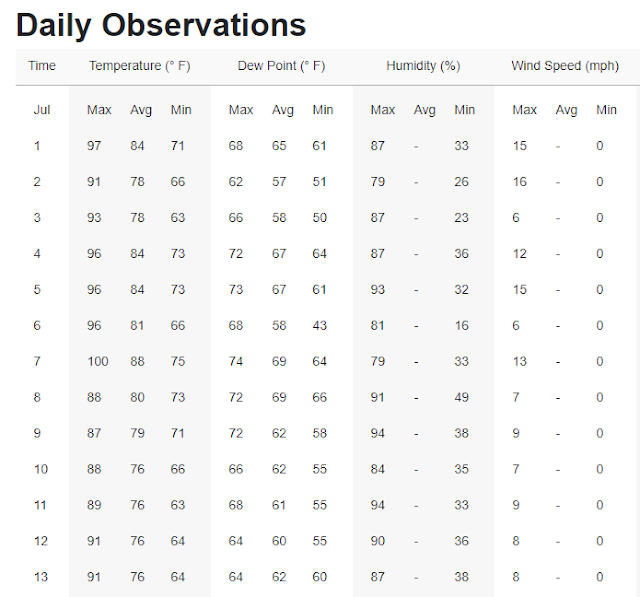In our region, Poa can outcompete Bent for most of the year, but then the summer heat comes, and Poa is not a happy camper. It is always interesting to see how the percentage of these grasses in the greens appears to shift from one season to the next.
As you can see in the picture below, the Bentgrass in the center is coming on strong, while the Poa isn't a fan of July's weather. There certainly appears to be more Bent than Poa here.
This is quite different than what we see in the spring, where Poa is growing like crazy, and controlling its seedheads is of utmost importance. An untreated check plot from a seedhead prevention spray shows a whole lot of Poa, and not so much Bentgrass at that time of year.
Below is one final picture which illustrates the competitive edge which Bentgrass has now. In the areas where we had Fairy Ring hit hard a few weeks ago, it's the Bent that's moving into the ring's perimeter.
We have now past the peak for average summer high temperatures, going from 87 last week, to 86 degrees this week. While August typically means the shortest roots of the year for cool-season turf, it's good to know that the thermometer should be heading in the right direction, giving both Poa and Bent a much needed break.
















